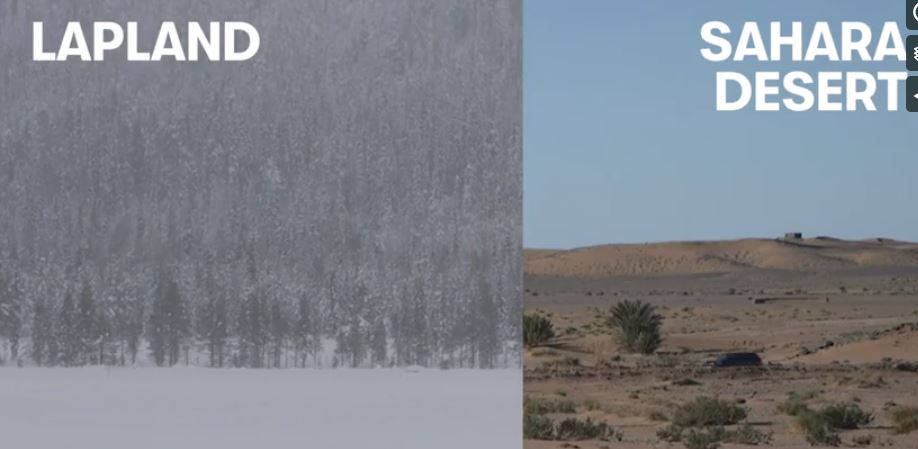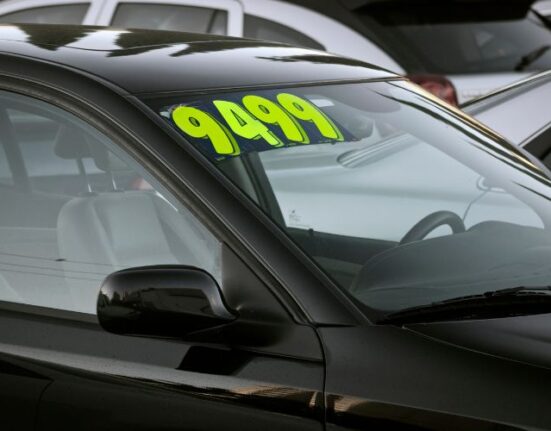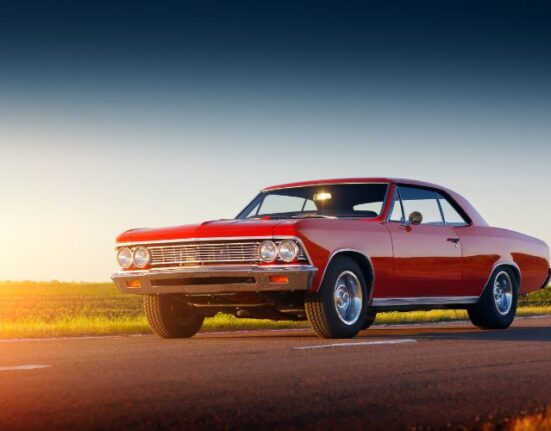From the snow and ice of Lapland to the desert sand of the Sahara, with a temperature difference that goes from -50 to 50 degrees. During the testing phase of a new model, cars are exposed to the most extreme climates to verify their performance at different temperatures and on various surfaces. The goal is to ensure that the vehicles adapt to all kinds of situations. But is driving really that different at such a large temperature span?
Similarities
Grip: Such different surfaces as snow and sand have something in common – very low tyre grip. “It’s essential that he car is equipped with a good all-wheel traction system, such as the SEAT Tarraco, when you tackle this kind of low-grip terrain”, says Jordi Gené, e-Racer team race driver and driving expert.
Foresight: Another similar aspect is the importance of thinking ahead in order to react correctly: “The best advice we give is to look well ahead of you. In the distance you can make out icy patches in the snow or rocks in the desert. You have to be able to read the terrain in order to correct oversteering or help the car gain traction”, recommends Jordi.
Braking: Braking manoeuvres are some of the most similar, and to an extent will depend on how the tyres grip the surface, but Jordi assures that “the brake system equipped on the car knows how to interpret every situation accurately. If you must stop you don’t have to be afraid of pressing down hard on the brake pedal.” This is the best way for the car to distribute the deceleration among the four wheels and thereby come to a stop in a short distance. “In the event of an emergency either in the desert dunes or the snow, the best you can do is press down hard on the pedal and allow the latest generation system to stop the vehicle in the fewest metres possible.”
Slopes: The Hill Descent Control (HDC) plays a vital role both in the snow and sand, for however steep the slope, the car is able to manage its speed. “It’s a tremendous help when climbing and descending slopes, and for starting the engine when the vehicle is stopped”, says Jordi.
Differences
Tyres: This element features some of the major differences. “To drive on snow you need flexible tyres that can perform in sub-zero temperatures. On the contrary, in the desert you have to let some air out in order to gain traction, as there is more surface area in contact with the sand.”
Gears: There are also some differences as to which gears to select. For driving on snow, high gears take advantage of the elastic engine and provide good response. In the dunes, you need the greater power of low gears. According to Jordi, the key lies in how the engine responds: “In snow, driving is easier with the engine torque, while in sand a highly revved engine works best.”
Assistants: The assistants are key in both situations, but there is a specific one for each driving scenario. According to Jordi, you should select the one that has been pre-defined by the engineers, so that all of the car’s systems work in synch to help drive on a specific surface. “We have the enormous advantage that the Tarraco is equipped with a snow and an off-road driving mode. As soon as either mode is selected, all of the systems are primed and ready to assist driving in the most effective way on such diverse terrain, optimising traction, engine output, how the differentials work…”
Curves: Ice has characteristically low grip, so car movements last longer. “In the event of skidding or taking curves too quickly, the car takes longer to react. When approaching a curve you have to brake a little so that the orders given to the steering wheel can be processed and the steering changes.” In the desert, the terrain is much softer, so you have to take curves at a slower speed, “as the tyres could get stuck in the sand and the car could suddenly flip over”, warns Jordi Gené.

















